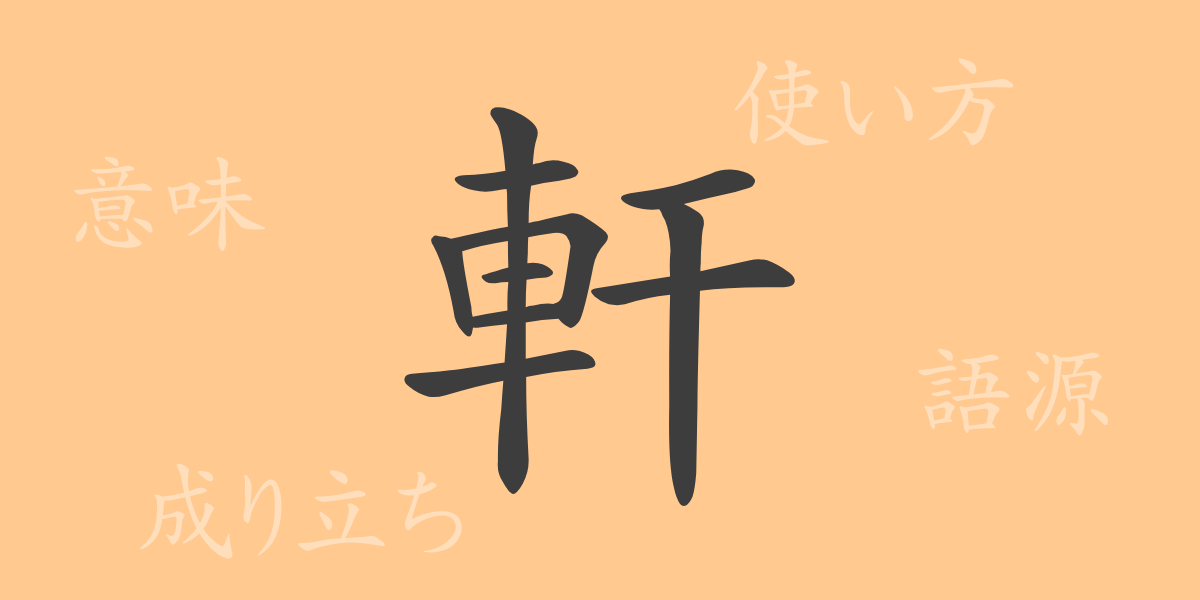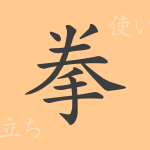The beauty of the Japanese language is reflected in its delicate characters. One of the commonly used kanji, “軒” (のき, noke), plays an important role in Japanese culture and language. This article explores the origins, meanings, uses, and idioms and proverbs associated with “軒” to uncover its charm in depth.
Origin of 軒
The kanji “軒” (のき, noke) traces its origins back to ancient China. It is related to architecture and derived from the word meaning the part of the roof that projects horizontally, the “eaves.” This shape evoked the image of rows of houses, leading to its meaning related to houses and buildings.
Meaning and Usage of 軒
“軒” (のき, noke) refers to the overhanging part of a building’s roof or the house or building itself. It is also used as a counter for houses or buildings, such as in “一軒の家” (one house) or “数軒の店” (several shops). Broadly, it can also represent rows of houses or buildings.
Readings, Stroke Count, and Radical of 軒
Here are the different readings and structure details of the kanji “軒” (のき, noke).
- Readings: On’yomi – ケン (けん, ken); Kun’yomi – のき (のき, noke)
- Stroke count: 10 strokes
- Radical: 車部 (しゃへん, shohen), related to vehicles
Idioms, Proverbs, and Phrases Using 軒
Many idioms and proverbs incorporate “軒” (のき, noke). For example, “軒を連ねる” (のきをつらねる, noki o tsuraneru) describes houses lined up together, and “軒先” (のきさき, nokisaki) refers to the area under the eaves or the vicinity of a house. The proverb “一軒落ちると万軒に及ぶ” (いっけんおちるとばんけんにおよぶ, ikken ochiru to banken ni oyobu) warns that one failure can have a chain reaction affecting many.
Conclusion About 軒
The kanji “軒” (のき, noke) is an important word related to Japanese houses and architecture. Its uses and idioms are deeply rooted in Japanese life and culture, demonstrating the breadth of meaning a single kanji can possess. Understanding such kanji is very beneficial for Japanese learners as it deepens their understanding of the language.

























